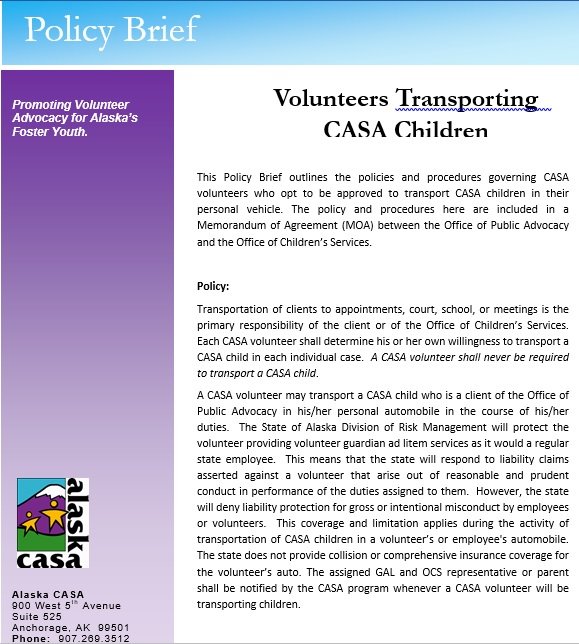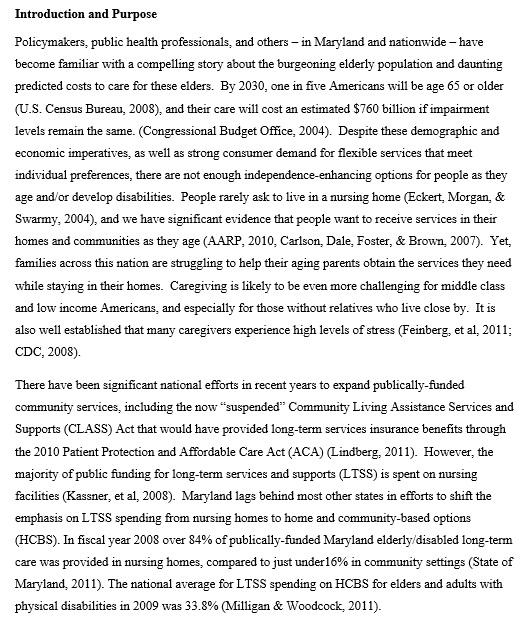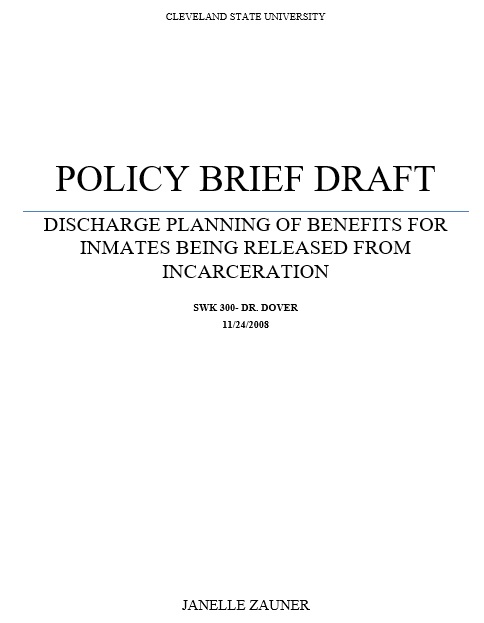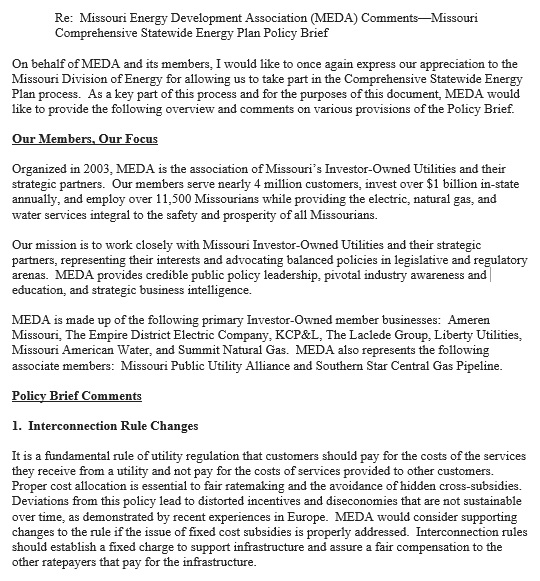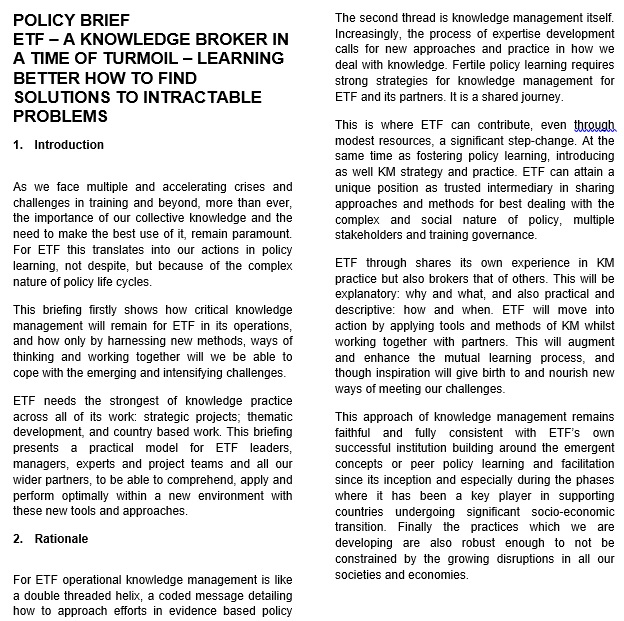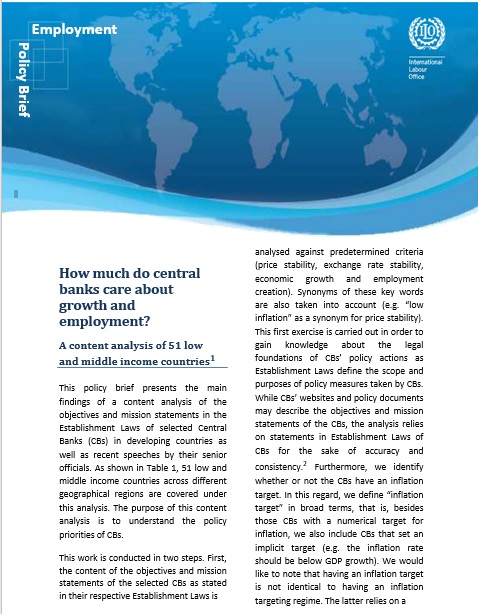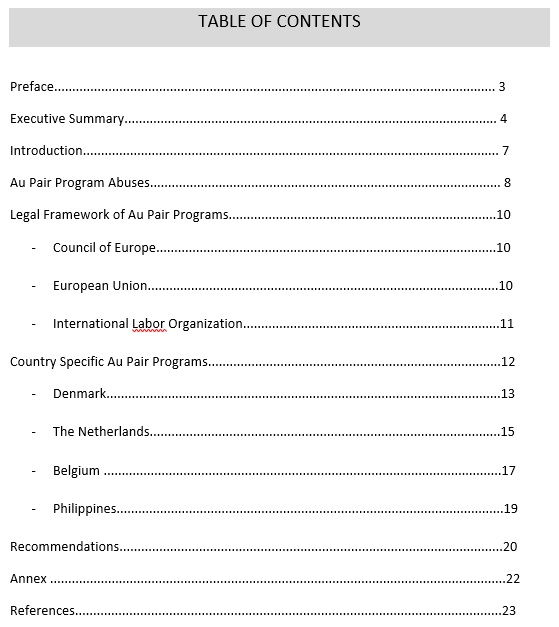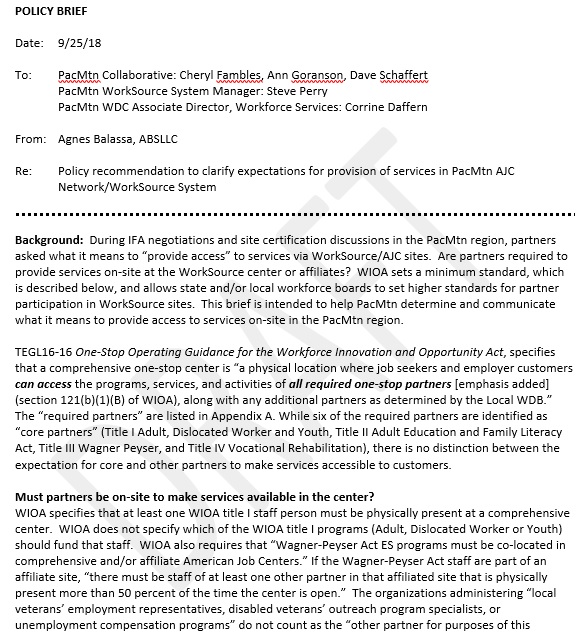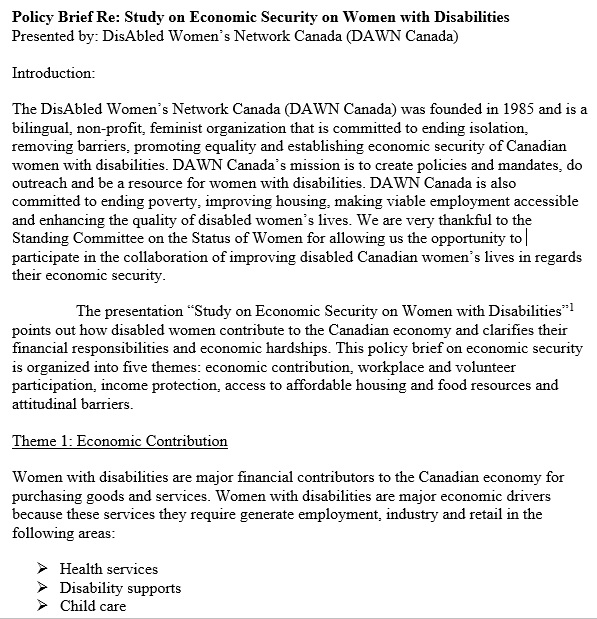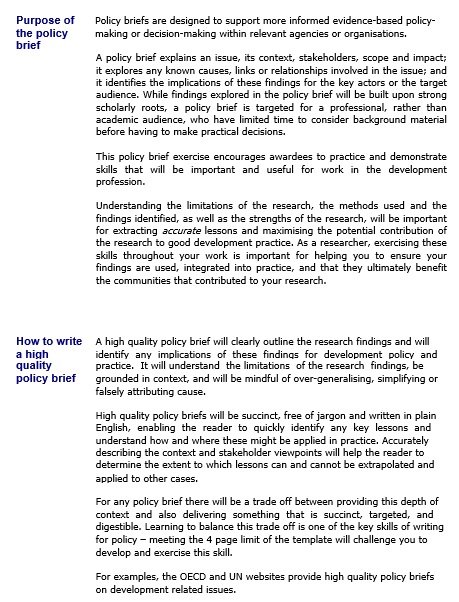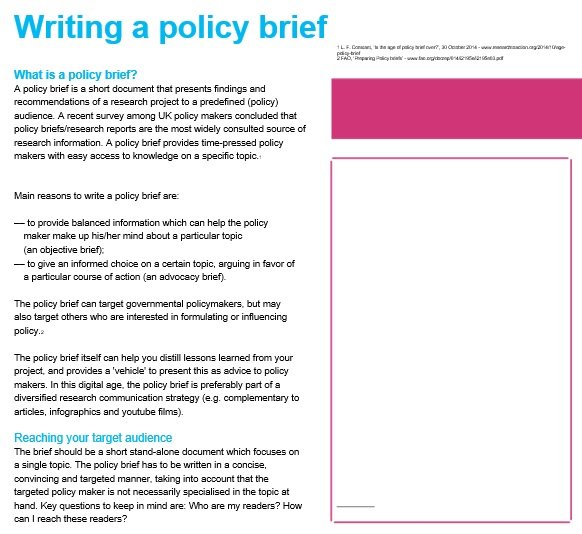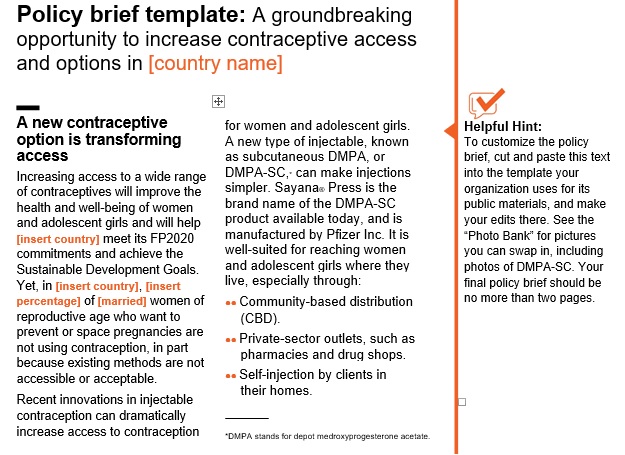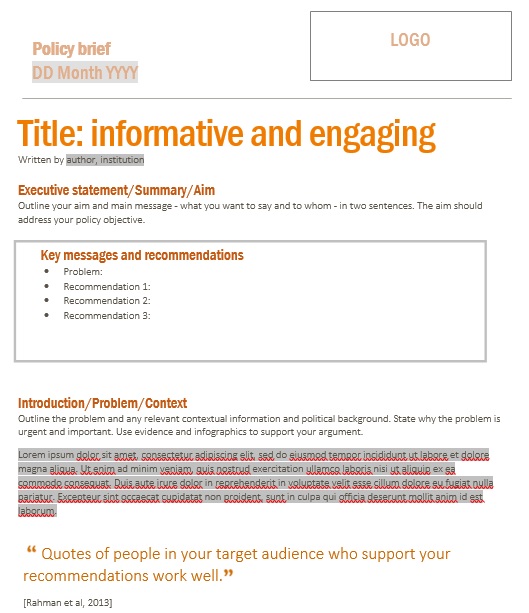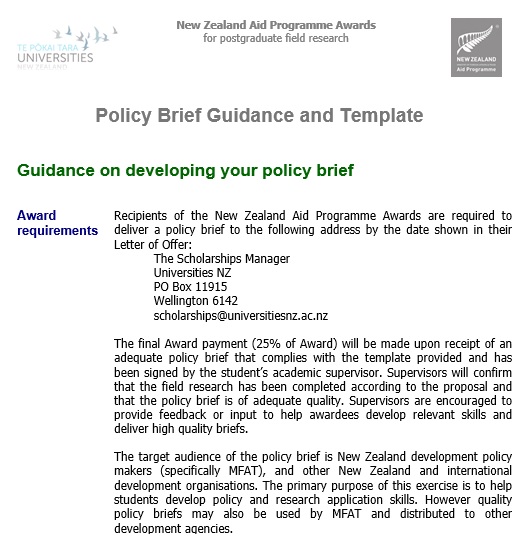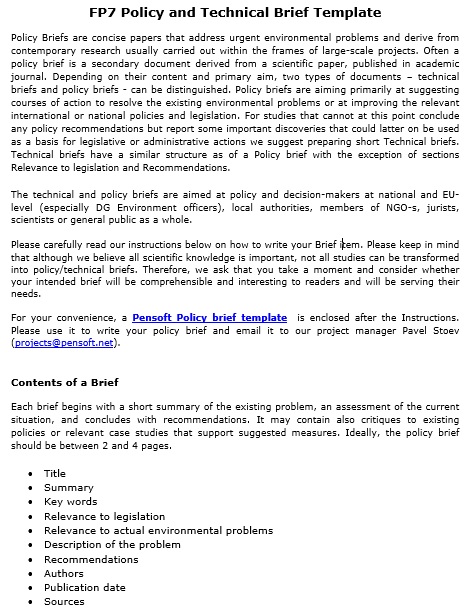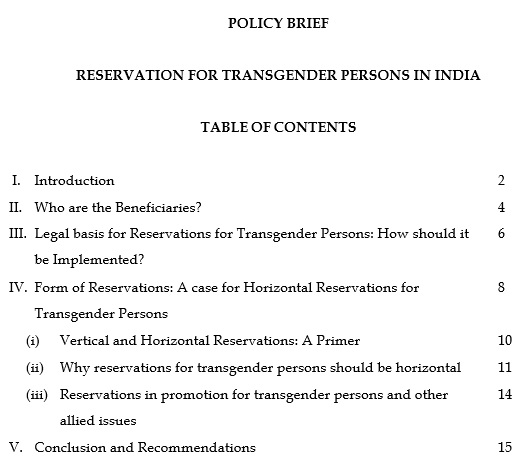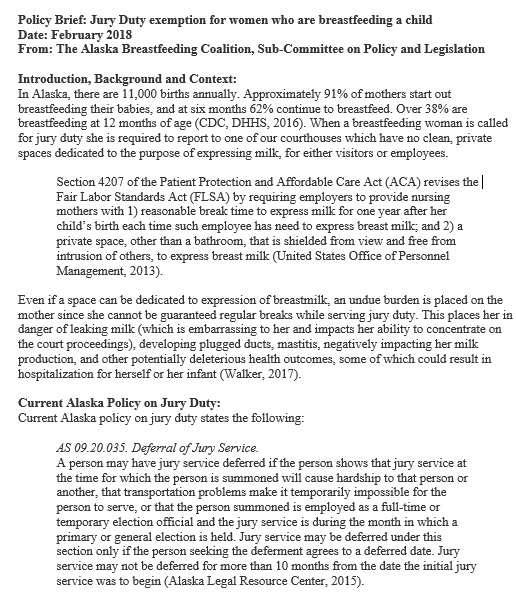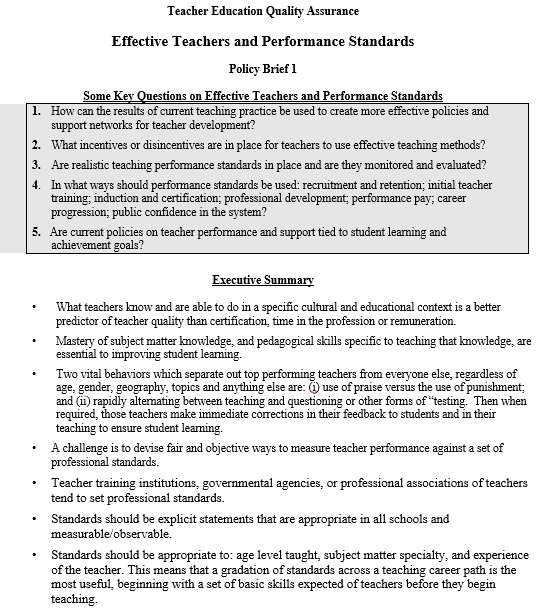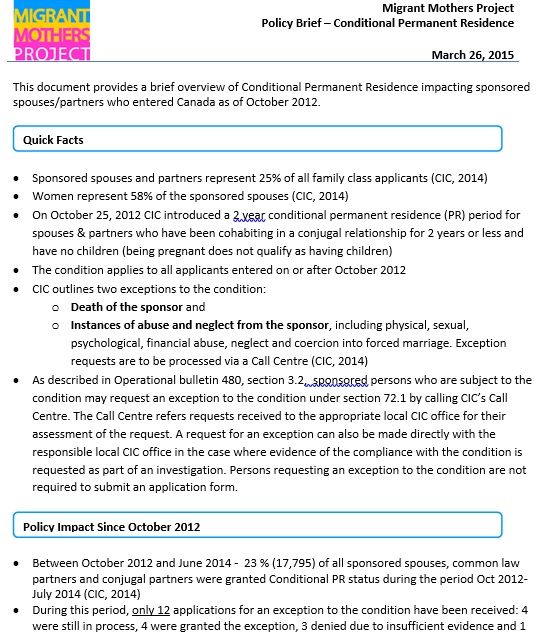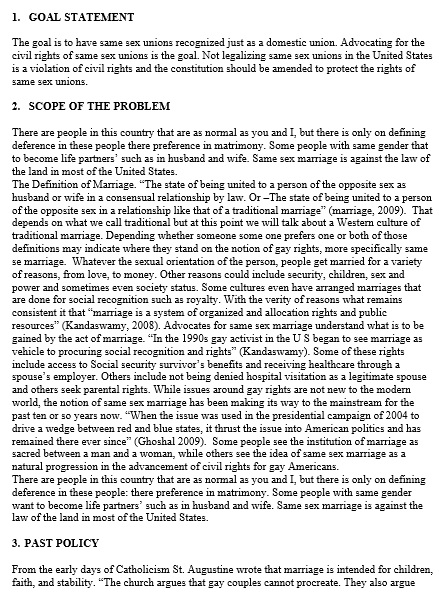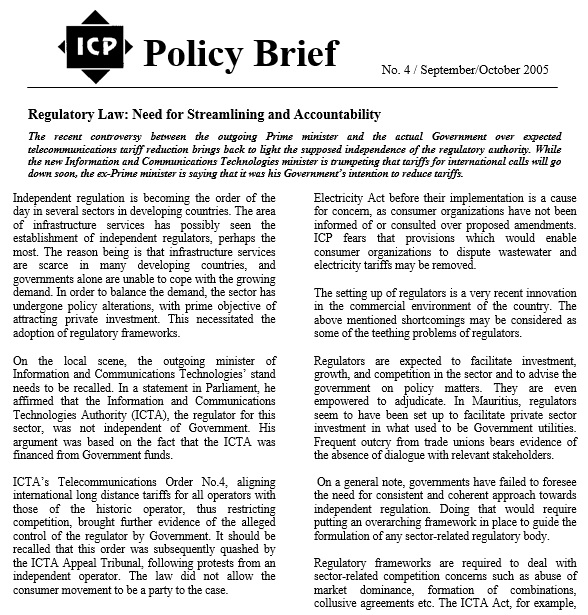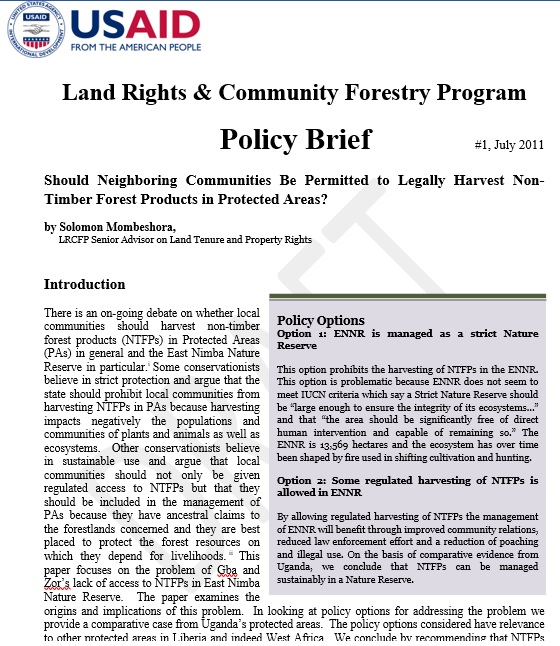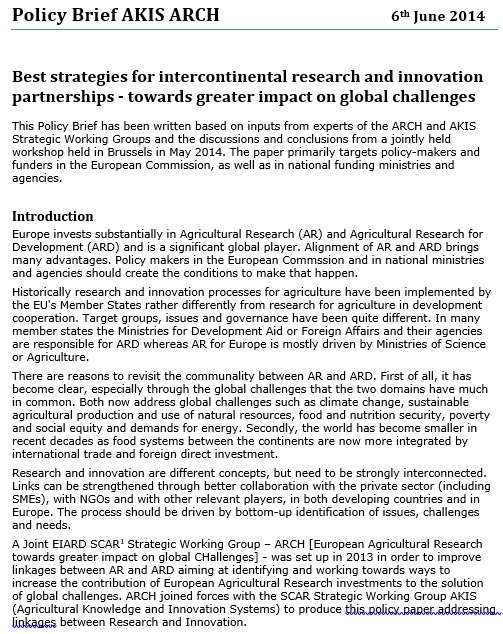A policy brief template is used for internal business relationships and government processes. The content of the policy brief depends on its purpose. However, policy briefs should provide propositions of solutions that help to communicate different issues.
Table of Contents
- 1 What is a policy brief?
- 2 Essentials of policy brief:
- 3 Guidelines for writing policy brief:
- 4 Factors that make a policy brief unique:
- 5 Write a policy brief outline:
- 6 How to make a policy brief template unique?
- 7 What things should you consider while writing a policy brief?
- 8 How to write Policy brief outline?
- 9 Some pointers for writing your policy brief:
- 9.1 The title for your policy should be memorable to catch the attention of the readers
- 9.2 Make the summary statement of your policy brief
- 9.3 Specify the statements and scope of the previous policy
- 9.4 Speak about the importance of providing a solution for the problem
- 9.5 At the end of your policy brief, include notes, recommendations, and improvement specifications
- 9.6 Create a list of all your sources
- 10 Understanding a policy brief:
- 11 Conclusion:
- 12 Faqs (Frequently Asked Questions)
What is a policy brief?
A policy brief is a document that has a precise summary of all information. With the help of this information, readers can understand and make better decisions about current policies. Furthermore, it provides you following things;
- An objective summary of relevant information
- Suggest possible options
- Contain arguments about different courses of action.
You have to know and understand the existing policies before creating a policy brief.
Essentials of policy brief:
You should consider the following things before making a policy brief template;
- At first, you should research and understand the issues as much as you can that generated the need for policy choices. You have to gain enough knowledge about all the information associated with the issue. By doing this, you become able to answer any question and inquiry after you have distributed the policy.
- Next, you should also know about your target audience of your document. Make your document in a way that after reading it, the audience will feel fairness and objectivity.
- Also, mention the names of all stakeholders that are included in planning, developing, and implementing a policy brief. In this way, you can regulate the policy in a more organized manner. This also enables you to assign work functions and call to action to those people who provide their contribution in creating your policy brief.
- You should also take an idea from a recommended policy action to make your own document. Readers must also know that why you are creating a policy brief. Moreover, states that why you want them to follow the policy you have created.
Guidelines for writing policy brief:
If you want to make your policy brief efficient then include all the relevant information that allows the readers to perfectly understand the particular policy. Let us discuss some guidelines that will definitely help you in creating your own policy brief;
Guideline#1:
Firstly, use the title for your policy brief that grabs the reader’s attention. When readers read the title they become more familiar and aware of the content of your document. Select a simple and to-the-point title that is easy to remember.
Guildline#2:
The next step is to create a summary statement of your policy brief. You should state a precise statement so that the readers can understand it easily and know what the policy brief is all about.
Guideline#3:
Then, state the previous policy and its scope. Discuss what you want to change. Most importantly, include a clause that states the critique of policy options and it makes your policy brief more effective. It is essential if you want to change or remove clauses in a current policy which is then followed by the business or company.
Before making the finalization of the policy, you should consider and decide all the important items.
Guideline#4:
Define the importance of providing a solution for the problem. Mention the reason that why you are convincing your audience to take action in your document too. In addition, via a program that you have defined within your policy, the readers can take action.
Guideline#5:
At the end of your policy brief, mention the notes, recommendations, and improvement instructions. These are important for further discussion and inquiries. If your document contains all this information then it can act as a good reference for the future.
Guidline#6:
Moreover, outline all the sources. This makes your policy brief more objective, acceptable, and reliable.
Factors that make a policy brief unique:
There are 3 factors that make it different from other written assignments;
Audience:
Different types of documents are for different types of audiences. But a policy brief that you create is for a general audience. Furthermore, you can also create this document for a policymaker who is concerned with the issue of a policy brief.
Vocabulary/language used:
Different academic disciplines don’t like the use of unnecessary vocabulary. Also, a policy brief requires clear language. Never use jargon in a document. You should use direct language so that everyone who reads the document can easily understand it.
Purpose:
The main purpose of this document is to address the practical result of research to its audience. Hence, you can use this information for a particular purpose. With the help of this document, readers can decide what course of action they have to take. It compares the current research to the existing policies. Moreover, it also describes the application of research results rather than identifying research procedures. The policy brief explains all these points more strongly than research papers and other academic documents.
Write a policy brief outline:
When you are going to make your own policy brief then must include the following components;
Title:
The title of your policy brief should be effective so that readers can understand it easily.
Executive summary:
In this section, you have to include one or two paragraphs that overview the issue and the policy action you are proposing.
Context of the problem:
Here you have to explain the existing policy approach. After that, explain the proposed options. You should write this section fairly.
Policy alternatives:
In this section, discuss the steps you have planned to take to deal with the policy problem.
Appendices:
Next, the audience also needs some support to accept your points or arguments. You can also include some additional information here.
Recommended resources:
These are the sources that you have used throughout the document.
How to make a policy brief template unique?
You can find different kinds of policy brief examples that have different academic disciplines. The information on the document varies too as there is no standard policy brief template. Furthermore, the policy brief is different from other written assignments in terms of the following;
Audience
There are different types of documents or written assignments that are addressed to different kinds of audiences. You can make a policy brief for general audience. Also, this document can be made for a policymaker. The policymaker is concerned with the issue of your policy brief.
Terminology used
The use of unnecessary terminology is discouraged by most academic disciplines. Clear language is particularly important when it comes to policy briefs. Instead of using jargons, you should use direct language to make your document easy to read so that everyone can understand it.
Purpose
Communicating the practical repercussions of research to its audience is the main purpose of a policy brief. This indicates that you have to use the information that you’ve researched for a certain purpose. Moreover, the policy brief assists the readers in deciding on what course of action to take.
The current research is related to the existing policies in this policy. It also explains the application of research results rather than assessing research procedures. The research papers and other academic documents may contain suggestions for practical actions. Policy briefs describe these points more strongly so that you can develop these points more fully.
What things should you consider while writing a policy brief?
The policy brief is an important communication tool that helps your business and its management to reach your target audience. It is important to make this document in the most effective and efficient way. You should consider the following before making your policy brief example;
- You have to understand and research regarding the issue or problem as much as you can. In terms of all the relevant information associated with the problem, you have to be fully knowledgeable. Doing this is important so that you can answer any questions and inquiries when you have disseminated the document.
- You should also identify the target audience of your document as well as do research about them. You have to make sure that the reader will feel the fairness and objectivity after they’ve read it.
- All stakeholders responsible for planning, developing, and implementing the policy brief, make a list of their names. By doing this, it becomes easier to regulate policy in a manner that is more organized. The people who know the ways on how they can give their own contributions to make your policy brief sample better, the policy brief assists you in assigning work functions and call to actions to them.
- You should take help from recommended policy action in order to get better idea of what you may have to include in your own document. The readers must know your reasons for making it in the first place. You must state that why they follow the content of the document you’ve made.
How to write Policy brief outline?
You should familiarize yourself with the specific requirements that you must follow before creating the document. This is particularly true in case you are making it as an assignment at school or at work. Policy briefs have several common features. In some documents, you have to use a lot of headings and keep the sections relatively short.
In addition, charts, graphs, and other visual aids are included in a policy brief in order to help make the document more readable. Your policy brief must contain the following elements;
Title
The title indicates what’s written in the document quickly. It should be clearly understand by the readers.
Executive summary
In this section, one or two paragraphs are typically included. Here, you have to specify the issue and the policy action you’re proposing.
Scope or context of the problem
You have to communicate the importance of the issue in this section. The purpose is here to convince your reader that why the policy action is essential.
Policy alternatives
You have to speak about the existing policy approach here. After that, describe your proposed options. You should ensure that to write this section accurately and fairly. In this section, convince the reader regarding the desirability of the policy action that you are mentioning in the document.
Policy recommendations
To deal with the policy issue, include here a very detailed explanation of the concrete steps you plan to take.
Appendices
In some cases, to accept your points or arguments, the readers may require further support. Within the document, when you include this information, it might confuse other readers. Therefore, in the appendices, you can include any additional information.
Recommended or consulted sources
These are reliable sources that you have to use throughout your document. To guide the recommendations and discussions regarding your policy, include this information.
Some pointers for writing your policy brief:
You should consider the following pointers to write an effective policy brief;
The title for your policy should be memorable to catch the attention of the readers
The readers become more familiar and aware of the contents of your document when they remember the title of your policy brief while they’re reading it. Thus, make a simple and to the point title that is effective and easy to remember.
Make the summary statement of your policy brief
It is better to present this statement more precise so that it becomes easier for the readers to understand the statement and what the document contains.
Specify the statements and scope of the previous policy
Specify the details that you want to change. Include a clause where you specify the critique of policy options in case you want to create an effective policy brief. This is particularly essential in case you plan to add or remove clauses in an existing policy.
Speak about the importance of providing a solution for the problem
In your document, mention the context that why you’re trying to convince your readers to take actions. Through the program you’ve specified within your policy, your audience can take action.
At the end of your policy brief, include notes, recommendations, and improvement specifications
All these are important for the sake of further discussions and inquiries. These details act as a good reference for the future.
Create a list of all your sources
Your document become more objective, trustworthy, and credible by including this information.
Understanding a policy brief:
Let us understand below a policy brief;
- With the help of a policy brief, you can summarize policy objectives, rationale, and practicality. Making sure that the target audience is aware of the entirety of a policy’s benefits is the main purpose of developing a policy brief.
- A policy brief must be accessible specifically to the target audience. Ensure that the language and the tone that you use for the policy brief should be understandable. Within a targeted practical state and time frame, your policy brief has to be measurable, feasible, and attainable as it specifies suggestions and orientation of desired actions.
- Typically, this focused document is created for business, corporate, and professional processes. The content of a policy brief should base on facts and evidences as it is a formal document.
- Different industries and fields of expertise use a policy brief. When finalizing a policy, this document is the hardest and most crucial to write because of its implementation in terms of its impact to business operations or organizational processes.
Conclusion:
In conclusion, a policy brief template is a significant communication tool that helps you to reach your target audience of certain policy options accordingly. A complete and well-drafted policy brief helps you to reduce the inquiries of the readers. In addition, before making this document you should know about the requirements that you must follow.
Faqs (Frequently Asked Questions)
A typical format of a policy brief paper is a single A4 sheet (210 x 297 mm) consists of 700 words. The long policy brief is up to 8 pages and contains 3000 words.
There are 5 stages of policy process;
1- Agenda setting
2- Formulation
3- Adoption
4- Implementation and administration
5- Evaluation
An effective policy brief contains the following key elements;
1- An executive summary
2- An introduction
3- An overview of the research or problem
4- An examination of the findings
5- A concluding section

